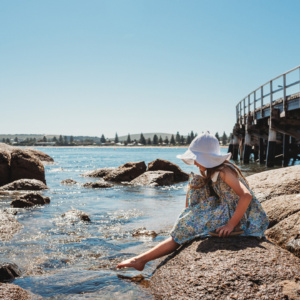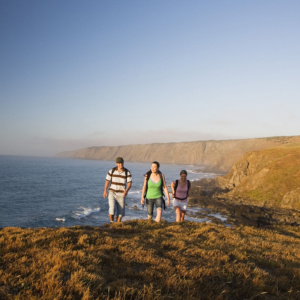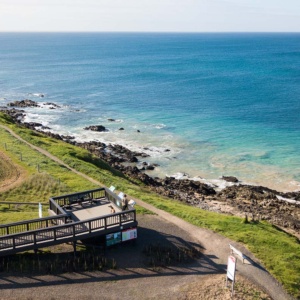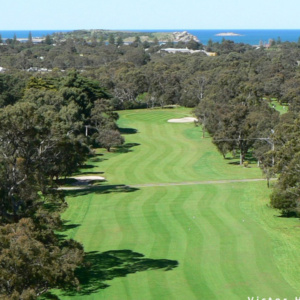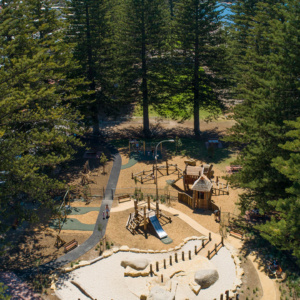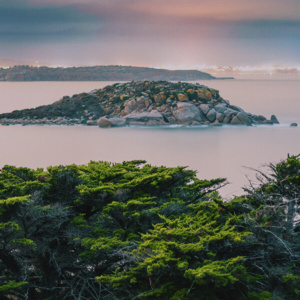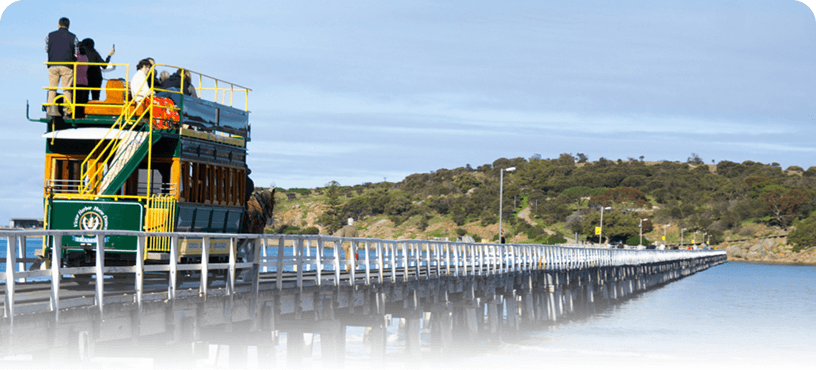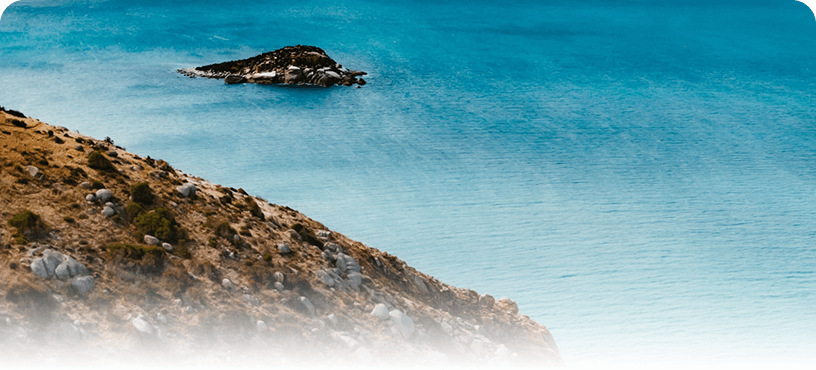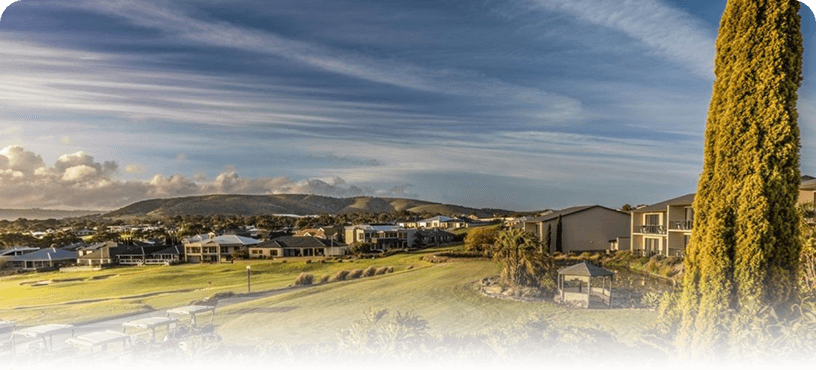History History
History of Victor Harbor
Victor Harbor isn’t just a beautiful coastal tourist destination, it is also steeped in rich cultural history dating back to the time of the local native Indigenous tribes, and intertwined with the arrival of European settlers in the mid-19th century. Significantly, it also has some distinctive natural landmarks that tell a fascinating story about our landscape.
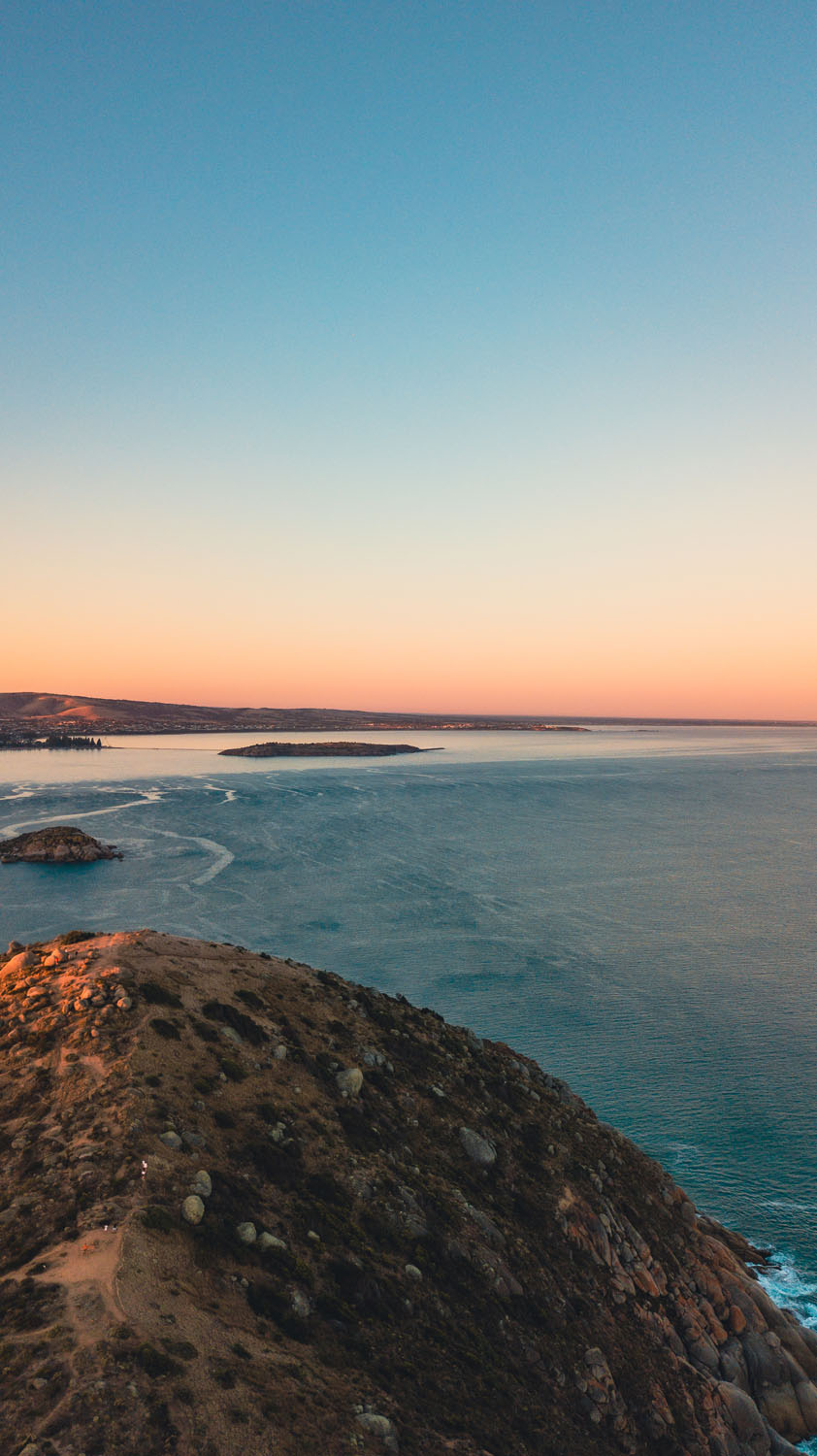
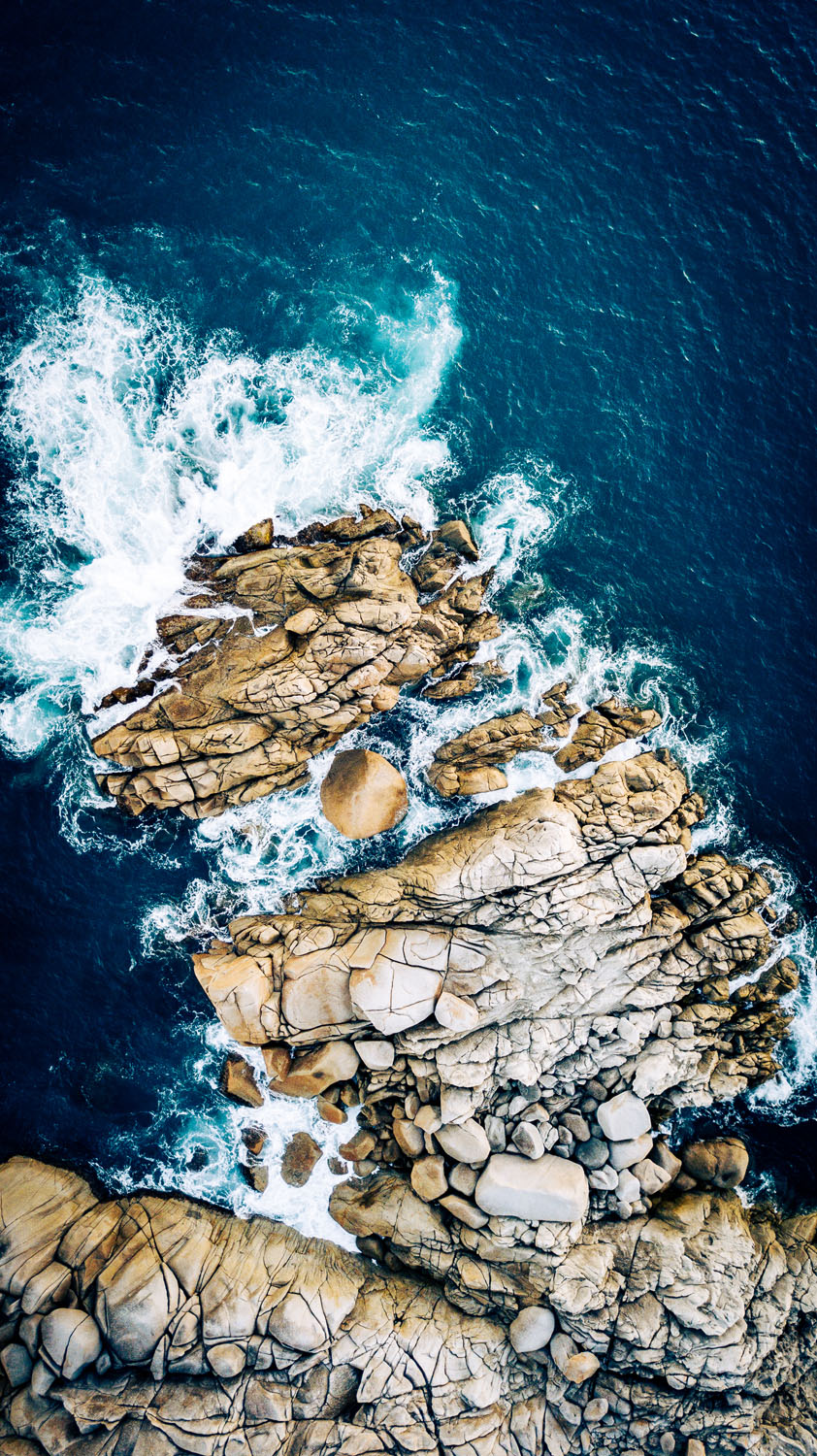
Natural History
There’s a reason that The Bluff and Granite Island are Victor’s most prominent landmarks: both are made of granite, formed over 500 million years ago when molten rock (magma) was squeezed up from deep within the earth.
The mainland however is made of softer rock types (typically schist) which have succumbed to the erosive power of the ocean, the elements and glaciers. Some 280 million years ago, rain, waves, wind and ice had eaten away at the coastline to leave the granite exposed – and plain for all to see!
Indigenous History of Victor Harbor
The Ramindjeri people were the original custodians of the Victor Harbor region, which they called “Wirramulla”. For thousands of years, they hunted and gathered in the region’s fertile lands, which supported huge animal populations. Meanwhile, the tranquil turquoise waters were brimming with life.
Among the local Dreamtime stories, Kaiki (the Indigenous name for Granite Island) has tremendous spiritual significance, as does the Southern Right Whale, told in the “Kondoli” dreaming.
Ironically, non-indigenous settlers approved of the region for the same reasons – rich lands, sheltered waters and whales. Steadily, the Indigenous peoples were displaced, but attempts were made to bring the two groups together by creating The Causeway from Granite Island in the 1920s. In the 1840s, Victor Harbor missionaries taught Ramindjeri children to read and write in their own language, one of the earliest attempts to do so.
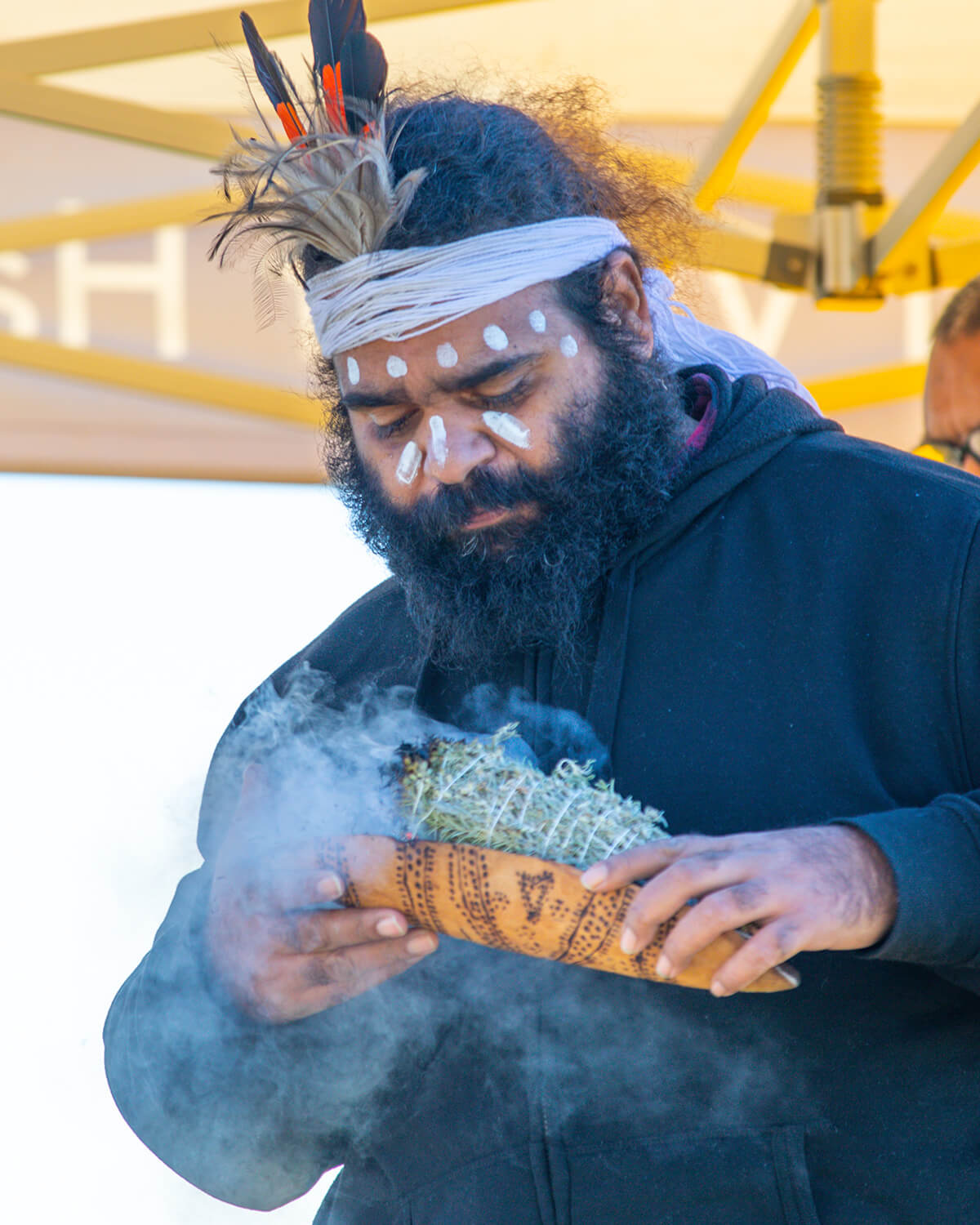
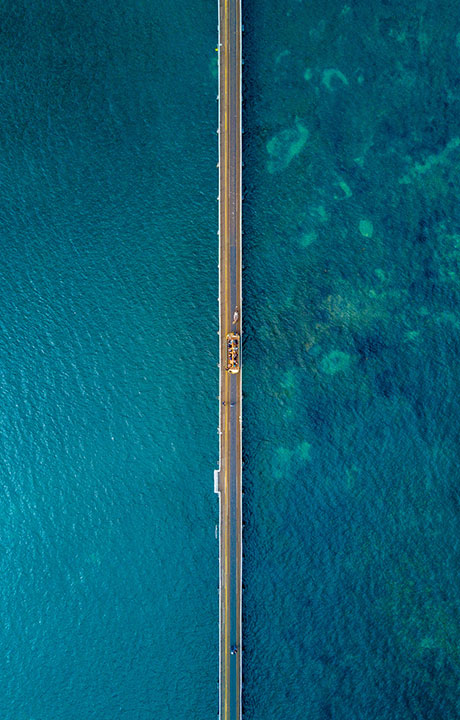
European History of Victor Harbor
The first Europeans to sight Victor Harbor more than 200 years ago were Captain Matthew Flinders of the British sloop Investigator and Captain Nicholas Baudin of the French ship Le Geographé.
Their meeting took place at sea in 1802, a few kilometres from the Murray Mouth. Although their countries were at war, they exchanged information and maps. The first non-indigenous inhabitants of the area were fishermen, whalers and sealers, seeking an easy catch. Some would ultimately jump ship and settle.
Ridgway William Newland, a Congregational clergyman from the south of England, led the first true party of settlers to Encounter Bay in July 1839. The group comprised his family, some relations and friends along with several skilled farm workers and their families.
Newland had obtained letters of introduction to Governor George Gawler from Lord Glenelg, Secretary of State for the Colonies. Gawler told Newland that the village of Adelaide was becoming overcrowded, that most of the nearby land had been taken up and splendid land was available at Encounter Bay for only one pound an acre.
In 1839 Newland transported the first 30 settlers to the area who arrived on the Lord Hobart and established a settlement at Yilki. Whaling stations continued trading until around the mid-1860s, but bigger profits were to be had from boats carrying wheat and wool down the Murray River to the port of Goolwa. Since Goolwa was unsuitable for ships, a 12km railway was built to connect with Port Elliot in 1854 – creating Australia’s first public railway. But Port Elliot was also found wanting so a safer, more sheltered port in the lee of Granite Island was chosen. The railway was extended from Port Elliot to Victor Harbor in 1864.
The horse-drawn railway was extended along the Causeway to Granite Island in the mid-1860s to service large American and European clippers. By the 1880s, 25,000 bales of wool from western New South Wales and Queensland were being paddled down the Murray, freighted by train to Victor Harbor and then shipped to the world. But railways killed the river trade in the 1890s – and Victor Harbor’s history as a holiday destination began.

